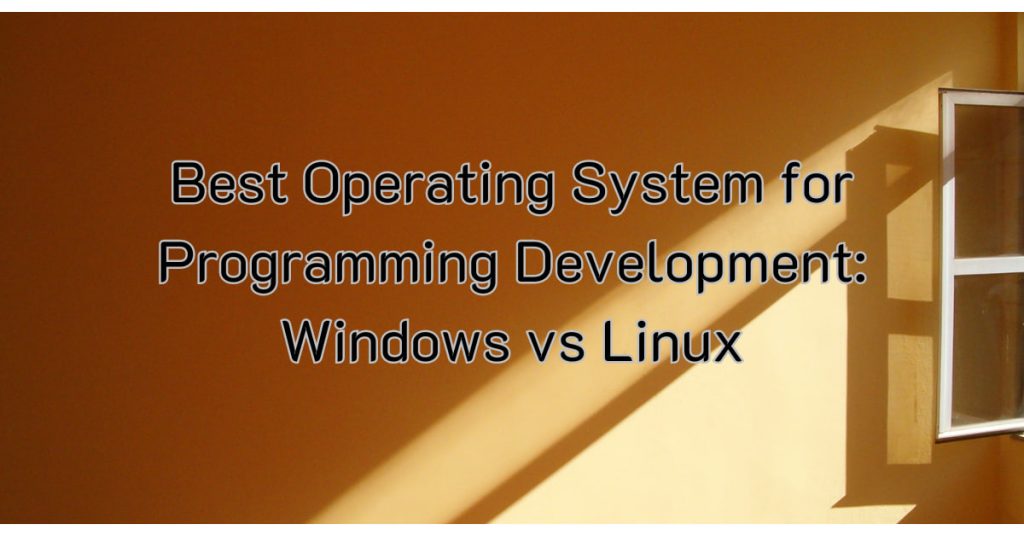When it comes to programming development, the choice of an operating system (OS) can significantly impact a developer’s workflow, productivity, and overall experience. The two major contenders in this arena are Windows and Linux, each with its strengths and weaknesses. In this blog, we’ll delve into the characteristics of both operating systems to help you make an informed decision based on your specific needs and preferences.
Windows OS for Programming:
User-Friendly Interface
Windows is renowned for its user-friendly interface, making it an ideal choice for those who are new to programming or prefer a more intuitive environment. The graphical user interface (GUI) simplifies navigation and provides easy access to a wide range of applications.
Compatibility with Software
The majority of software, especially commercial and mainstream applications, are developed with Windows compatibility in mind. If your development work involves tools and applications that are primarily designed for Windows, this operating system may be the more seamless choice.
Integrated Development Environments (IDEs)
Windows supports a plethora of integrated development environments (IDEs) like Visual Studio, which are widely used for various programming languages. If you are working with Microsoft technologies or using IDEs that are optimized for Windows, you may find a more streamlined development process.
Gaming Capabilities
Windows is the go-to choice for many developers, especially those who enjoy gaming as a recreational activity. The vast selection of gaming titles and compatibility with popular game development platforms make Windows a versatile choice for developers with a gaming inclination.
Linux OS for Programming
Open Source and Customization
Linux, being an open-source OS, provides developers with the freedom to customize and tweak the system according to their preferences. This flexibility is particularly advantageous for those who want to tailor their development environment to specific requirements.
Command Line Power
Linux is renowned for its robust command line interface (CLI), which can significantly enhance productivity for experienced developers. Tasks such as package management, system configuration, and scripting can be efficiently handled through the command line.
Stability and Performance
Linux is often praised for its stability and performance. The modular design and efficient resource utilization make it an excellent choice for server-side development, ensuring reliable and high-performance applications.
Package Management
Linux distributions come with powerful package management systems, such as apt for Debian-based systems and yum for Red Hat-based systems. This simplifies the installation, updating, and removal of software packages, streamlining the development environment setup.
Ultimately, the choice between Windows and Linux for programming development depends on your individual preferences, project requirements, and the programming languages and tools you use. Windows is user-friendly and compatible with a wide range of software, while Linux offers customization, powerful command-line capabilities, and stability. Some developers even opt for a dual-boot system or use virtual machines to harness the strengths of both operating systems.
Before making a decision, consider experimenting with both Windows and Linux to assess which one aligns better with your workflow and development goals. Whichever you choose, remember that proficiency in both environments can be a valuable asset in the ever-evolving field of programming development.






